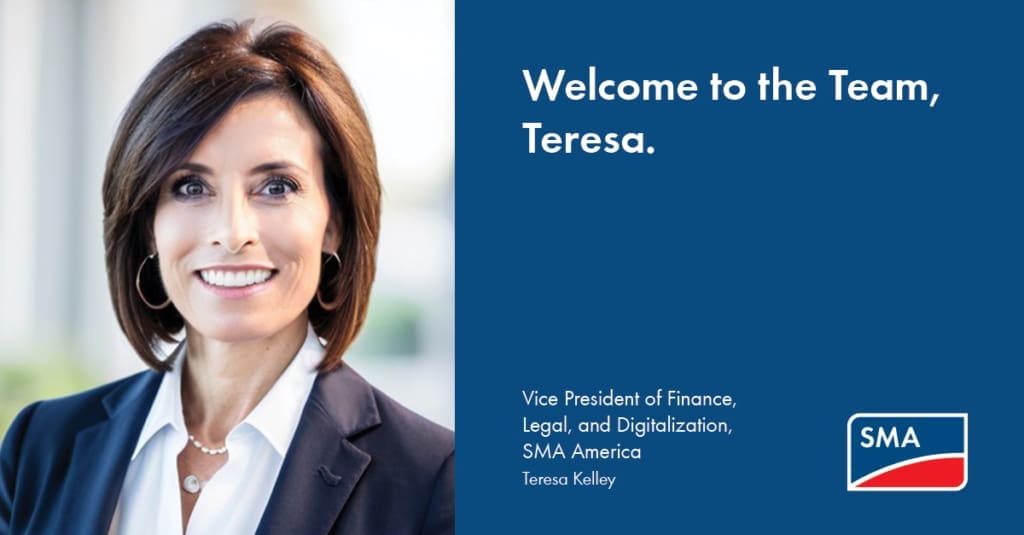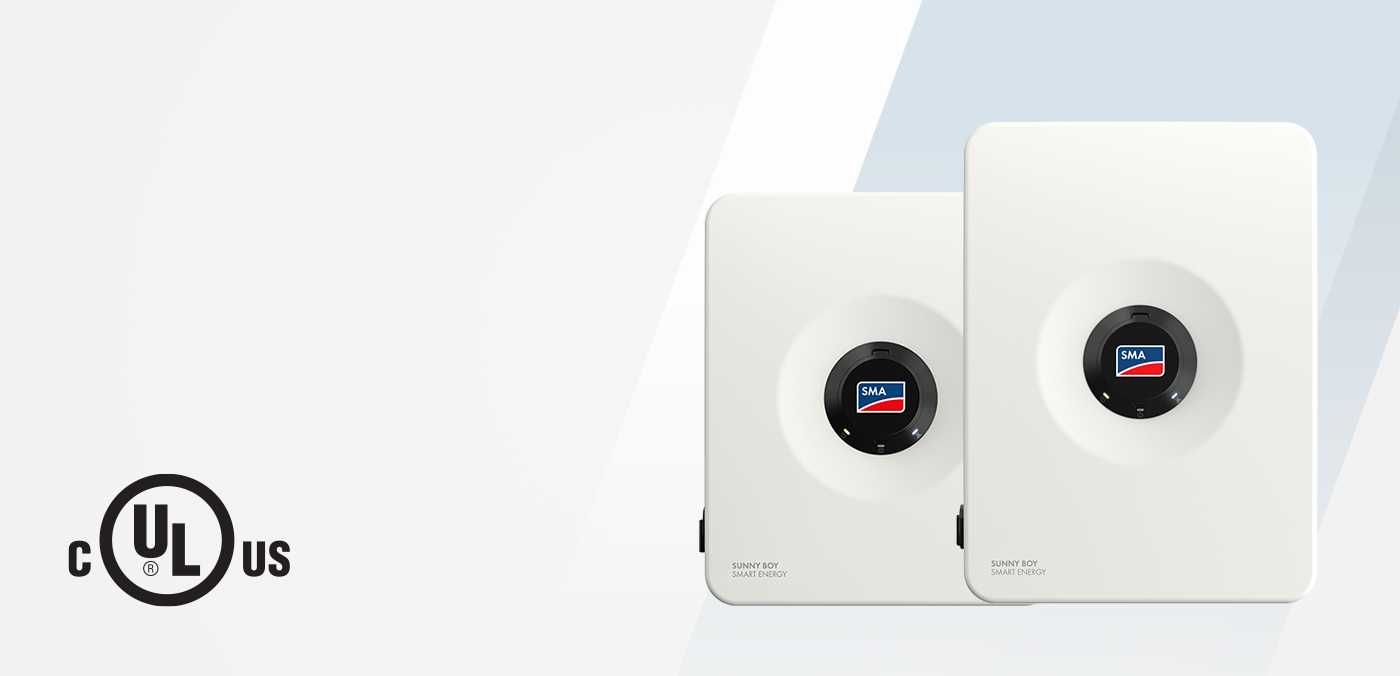How one industry association is driving lower costs and less risk through standards: A SunSpec Alliance primer

While standardization may not seem like a provocative topic, few industries have scaled without it. In this guest post from SunSpec Alliance chairman Tom Tansy, you’ll read how the trade group has been shaping industry norms for more than a decade and the benefits it provides to PV professionals.
The SunSpec Alliance
The success of widely-adopted technologies is often tied to standardization. From video formats to the Internet, and now to the energy grid, the establishment of standards reduces the cost and complexity of systems and enables broad adoption at a global scale.
The SunSpec Alliance was founded in 2009 on the premise that the energy industry would evolve in a manner similar to that of the computing industry, with power generation becoming decentralized and distributed across the grid to provide the efficiency, operational resiliency, and security required in 21st century life.
SunSpec’s core mission is to accelerate the growth of Distributed Energy by specifying de facto communication standards (information models, data formats, protocols, system interfaces, and other artifacts) that enable Distributed Energy systems to interoperate with system components, software applications, financial systems, and the Smart Grid.
With standards, Distributed Energy—and the solar sector in particular—can build upon the competitiveness it has attained, sustain economies of scale required for widespread adoption, and compete on even footing with other forms of energy generation.
Keys to Success: Open and Free
The SunSpec Alliance takes an open, customer-driven approach to standards development. As a result, SunSpec specifications have been established for Distributed Energy system components, interfaces, and applications, and are being adopted around the globe.
The aim of any SunSpec de facto standard is to become an “official” standard. To achieve this goal, SunSpec collaborates with international standards bodies and employs a strategy of maintaining compatibility and harmonization with relevant IEC and IEEE standards.
With more than 100 leading Distributed Energy companies now embracing SunSpec standards, members of the SunSpec Alliance have formed an ecosystem of products, services, and information systems that work well together, cost less to build, and operate reliably wherever they are deployed.
Trust & Confidence Through Certification
In order to build trust and confidence behind each of its standards, the SunSpec Alliance has established test and certification programs to ensure interoperability of vendor-supplied products.
Products bearing the SunSpec Certified™ mark have completed a process that includes a verified statement of protocol conformance, validation with the SunSpec conformance test suite, and interoperability testing with other SunSpec Certified products.
Reducing Risk and Increasing Customer Choice
By establishing information standards for Distributed Energy, the SunSpec Alliance is reducing the cost of solar PV installation, decreasing supply-chain risk, increasing affordability, transparency, and customer choice, and optimizing financial performance for industry participants.
Join the SunSpec Alliance
Help grow the Distributed Energy industry by joining the SunSpec Alliance. Membership is open to corporations, non-profits, and individuals, and SunSpec welcomes your participation. For more information, or to download SunSpec specifications at no charge, please visit www.SunSpec.org.




Feel free to contribute!